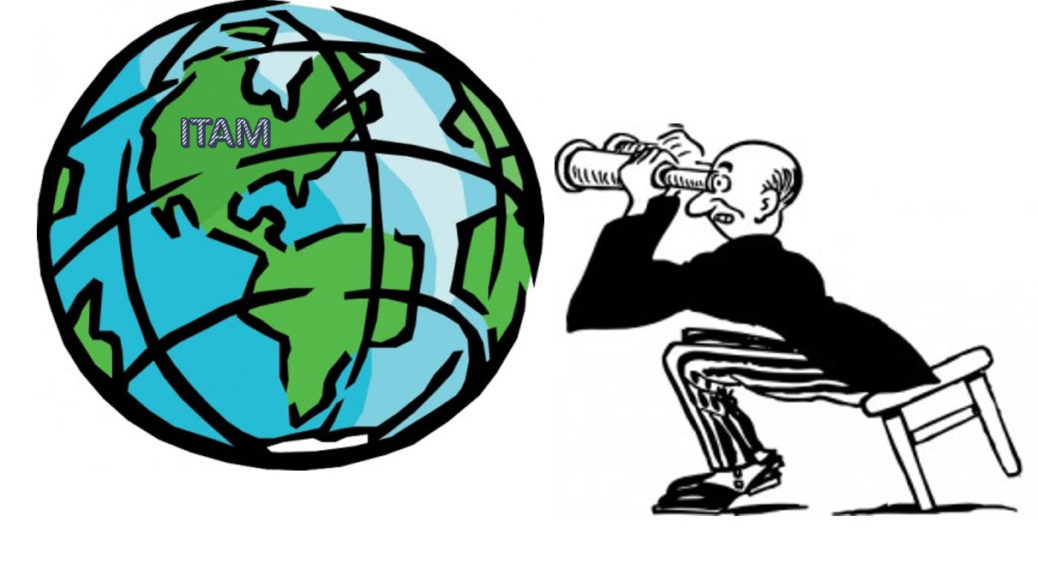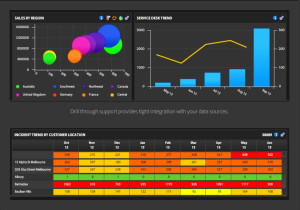IT discovery is the foundation to your IT asset management (ITAM) solution. If discovery is unreliable, then all of the asset information you are trying collect will not be reliable. According to an article published by computer weekly, “almost 66% of IT managers admit to not having a completely accurate record of their IT assets”

For accurate IT asset discovery, make sure you consider the following guidelines:
- Understand the difference between discovery and audit
- Don’t Discover everything from the start
- Define IT asset reports needed for IT asset management (ITAM)
Understand the Difference between Discovery and Audit
Do not confuse IT asset discovery with an IT asset audit. Discovery tools should allow you to automate manual processes. Gartner defines “discovery” as follows:
The key difference between discovery and an audit is that an audit is more of a one-time event, whereas, discovery will be on ongoing process. For example, if a technician spends a day with a clipboard inventorying every PC in the organization, then you will have an accurate inventory report for that day only.
If you deploy discovery tools that show when PCs connect to the network, then you will have an accurate report every time you run an inventory report. Discovery tools will also account for PCs not connected to the network by showing you the last time they connected. PCs that do not check-in for a period of time can be flagged as missing in the inventory report.
Be sure to choose tools that can ‘monitor’ critical IT hardware assets such as PCs and Servers. PCs and Servers often contain additional software assets that need to be monitored.
IMPORTANT: If you are not able to see the hardware, then you probably won’t see the software.
IT assets that are not monitored need to check-in to the asset management system on a regular basis. This can be done by setting your discovery tools to run daily or weekly. Discovery tools should then be able to report any changes from the previous inventory scan.
Don’t Discover Everything from the Start
When looking to implement IT asset management, don’t try to do everything at once. Allow time for your asset management solution to mature. If your asset management solution is too complicated, chances are it won’t be successful.
When architecting your asset management solution, be sure to have a clear vision of what you are trying to accomplish. For example, are you able to address the following questions?
- Why do you need asset management?
- What do you want to track?
- How do you want to track assets?
- What type of reports do you expect?
- Why do you want those reports?
- Who will manage and maintain the ITAM solution?
If you don’t clearly define your IT asset management objectives, you could end up giving your employees a lot of unnecessary “busy” work. For example, if an organization is concerned about managing software licenses, it would make sense to build your solution so that it tracks the software, as well as the hardware hosting the software. You could complicate and distort you software asset management objectives if you try to include switches, routers, and printers.
Allow your IT asset management processes to be perfected before expanding the solution to include additional assets such as switches, routers, and printers. It is more important that your solution is successful. Keeping your solution simple from the beginning will increase your chances for success.
A simple and successful IT asset management solution can be matured into a fully functional and reliable solution that follows ITAM best practices.
Define IT Asset Reports Needed for IT Asset Management (ITAM)
Reports and dashboards will give you a summary of all your IT assets. Patricia Adams, an ITAM expert says ”by having an understanding of the benefits that a complete end-to-end solution can provide, CIOs, CFO’s and chief security officers (CSO’s) will be better able to address the issues they are facing (many unknowingly) within their particular organization.”
As you begin your IT asset management project, define the type of IT asset reports you expect from your solution. This will help you identify what to discover and how often it will be re-discovered.
Be sure to design Business Value Dashboards (BVD) for your solution. BVD’s will help you translate technical information into cost and risk for non-IT management inside the organization. Ultimately, BVD’s will show the value that the IT department brings to the organization by helping executives make informed decisions.
Summary
Don’t let IT asset discovery become a stumbling block to your ITAM solution. Be sure to have clear objectives and a clear vision of the reports that will be needed to support those objectives. Set your discovery tools to discover and monitor assets relevant to your objectives. Most important, don’t overwhelm your IT employees with unnecessary discovery information, especially during the early phases of the project.




